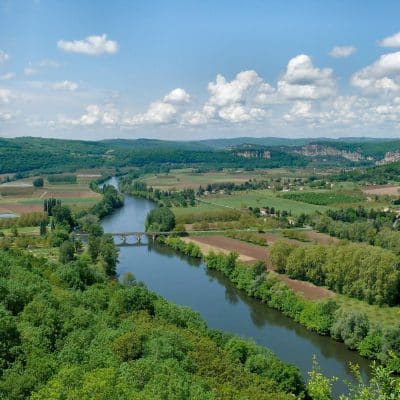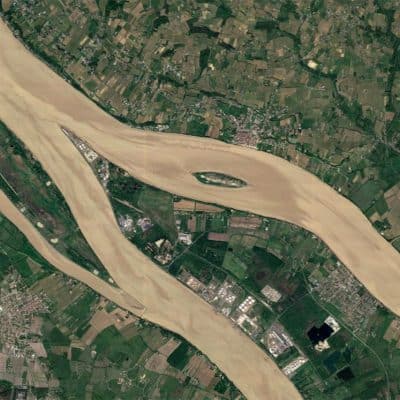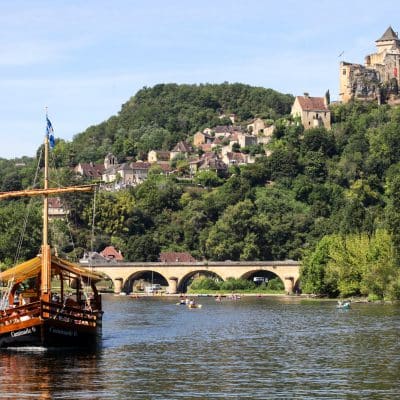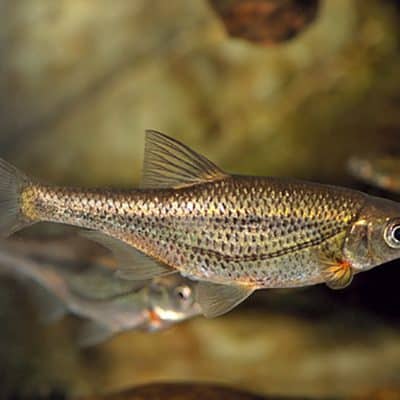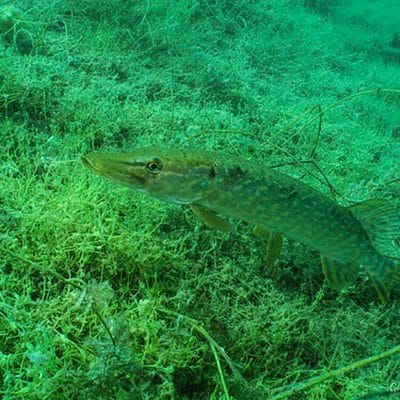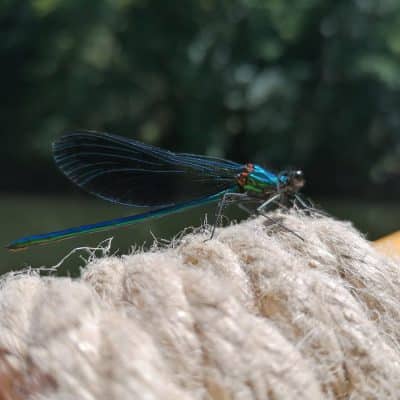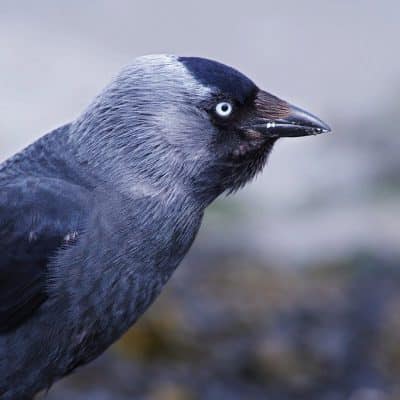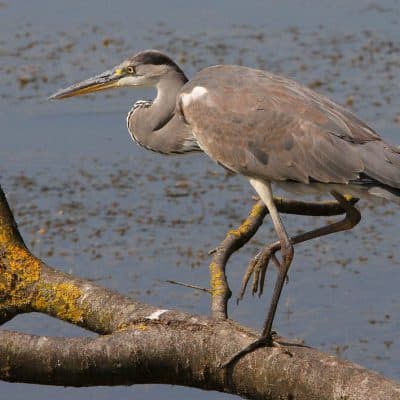The Dordogne
The Dordogne is 483 km long and has its source in the Massif Central, on one of the highest mountains: the Puy de Sancy. It is the confluence of the Dore (1,680 metres above sea level) and the Dogne (1,640 metres) at an altitude of 1,370 metres that gives rise to the Dordogne. Contrary to popular belief, the name Dordogne is not a neologism derived from the names of the Dore and the Dogne. Its name comes from the pre-Celtic root “dur-“, meaning “tumultuous waters, unpredictable waters”. In its original form, the river was called “duranius”, which became “duranus” in Roman times, “dordonia” in the Middle Ages and finally “dordogne” in the 19th century. It was also at this time, under Jules Ferry to be precise, that the word “Dordogne” was split in two to name the two torrents of Dore and Dogne.
Stream or river?
Here is a question that has been the subject of debate! Indeed, for a long time the Dordogne was considered a tributary of the Garonne, making it a river. However, the Dordogne and the Garonne meet at the Bec d’Ambès to form the Gironde estuary.
The fact that the Dordogne is subject to the tidal bore, as far as Castillon-la-Bataille, was a strong argument in favour of calling it a “river”, rather than a “stream”.
Protected biodiversity
The Dordogne was included in the UNESCO World Heritage List in 2012 as a “natural biosphere reserve”. It is the largest territory ever protected in France: from its sources to the estuary, its entire catchment area is protected, i.e. almost 24,000 km2.
See the Biosphere Dordogne website
But what biodiversity?
39 species of fish are listed in the waters of the Dordogne, both sedentary (pike, pike-perch, trout, perch, bream, chub, bleak, gudgeon, catfish, etc.) and migratory (salmon, sea trout, sturgeon, lamprey, eel, etc.).
Numerous invertebrates inhabit the Dordogne basin, including two endangered species: the Pearl Mussel and the Large Mussel. Butterflies and dragonflies and other insects (the Kite Lucanus, the Alpine Rosalia, etc.) colour our banks and forests.
As far as birds are concerned, several species endemic to the Dordogne can be seen from the barges: black kite, buzzards, peregrine falcons, jackdaws, kingfishers, grey herons, …
For mammals, the list would be long, but in addition to the game, let us note the return of the otter and the European mink. Not forgetting the luxuriant flora, both terrestrial (downy oaks, holm oaks, Montpellier maples, junipers, arbutus, hornbeams, etc.) and aquatic (water lilies, aquatic ranunculus, vallisneria, etc.), which contributes to the richness of the fauna in the Dordogne. Nevertheless, some of these floral species have been introduced into the Dordogne for the development of parks and gardens and are now threatening biodiversity because of their excessive proliferation.
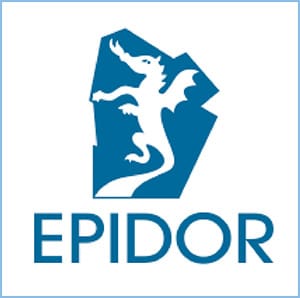
EPIDOR
If the Dordogne is today a natural biosphere reserve, it is thanks to the work of an interdepartmental public establishment created in 1991: EPIDOR (Etablissement public territorial du bassin de la Dordogne). Bringing together the six departmental councils or departments through which the Dordogne valley flows (Puy de Dôme, Cantal, Corrèze, Lot, Dordogne and Gironde), EPIDOR has constantly implemented protocols aimed at improving the quality of the river’s water, firstly, and protecting it, secondly. The Dordogne is one of the cleanest rivers in France, and even in Europe, thanks to a coherent and sustainable water management policy.

